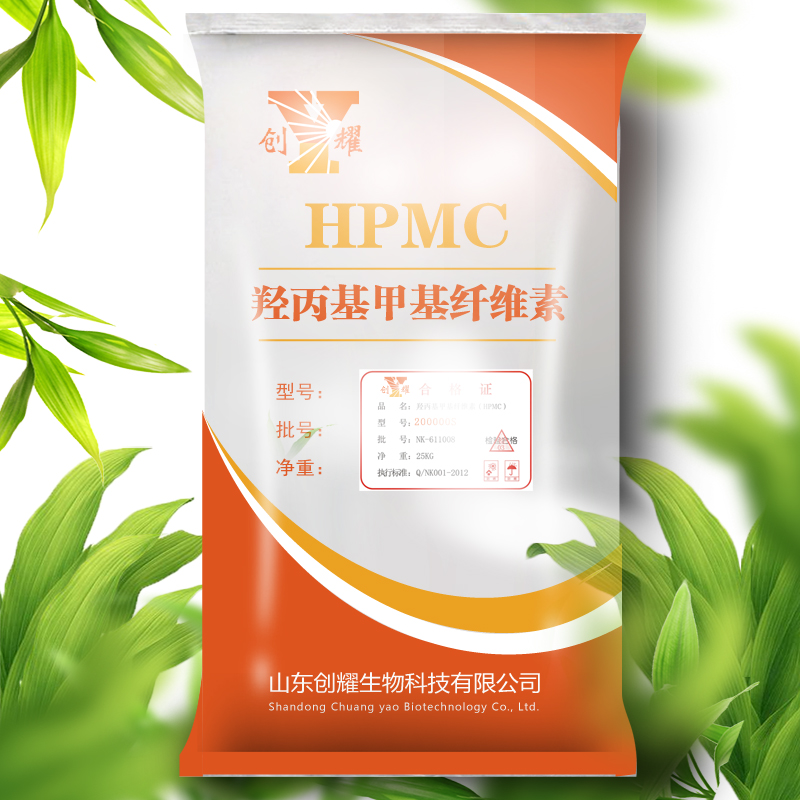What is the etherification synthesis principle of hydroxypropyl methylcellulose?
Hydroxypropyl methylcellulose, raw cellulose, can be refined cotton or wood pulp. It is very necessary to crush it before or during alkalization. Crushing destroys the aggregate structure of cellulose raw materials through mechanical energy, so as to reduce the crystallinity and polymerization degree and increase its surface area, So as to improve the accessibility and chemical reaction ability of the reaction reagent to the three hydroxyl groups on the glucose ring group of cellulose macromolecule.
Although the etherification synthesis principle of hydroxypropyl methylcellulose is not complex, a large number of technical keys and rich knowledge connotation are involved in alkali, raw material crushing, etherification, solvent recovery, centrifugal separation, washing and drying. For different products, each environment has the latest control conditions, such as temperature, time, pressure and material flow control. Auxiliary equipment and control instruments are favorable guarantees for stable product quality and reliable production system.
Because the properties of hydroxypropyl methylcellulose are similar to other water-soluble ethers, it can be used as film-forming agent, thickener, emulsifier and stabilizer in latex coatings and water-soluble resin coatings, so that the film has good wear resistance, coating uniformity and adhesion, and improves surface tension, acid-base stability and compatibility with metal pigments. Hydroxypropyl methylcellulose has good effect as thickener of white water-based polyvinyl acetate coating. The degree of substitution of cellulose ether was increased, and the corrosion resistance to bacteria was also enhanced.
{aspcms:comment}






